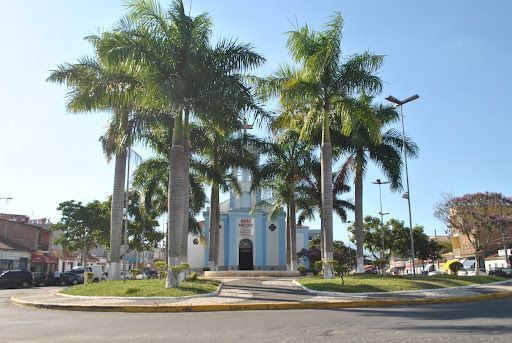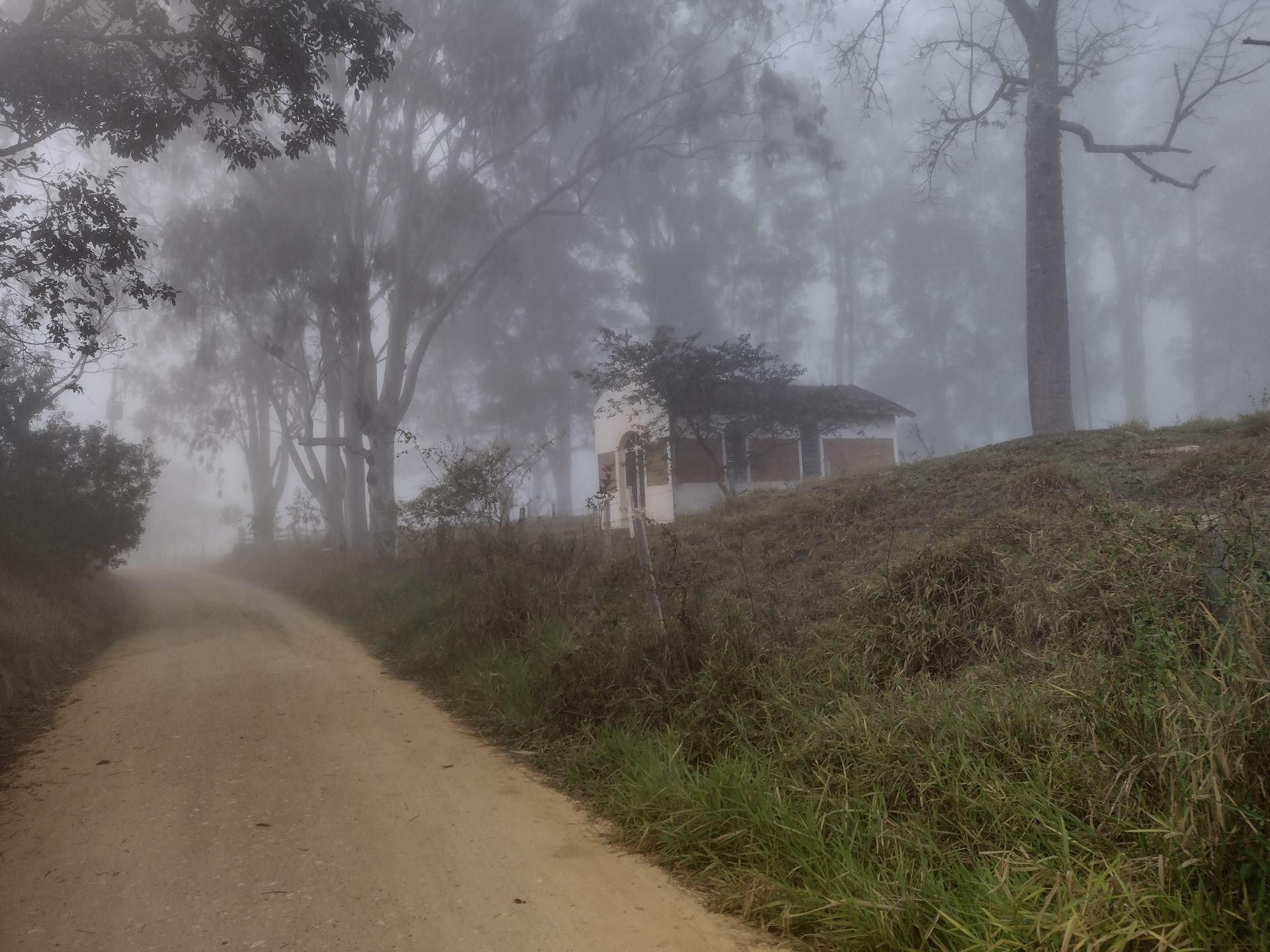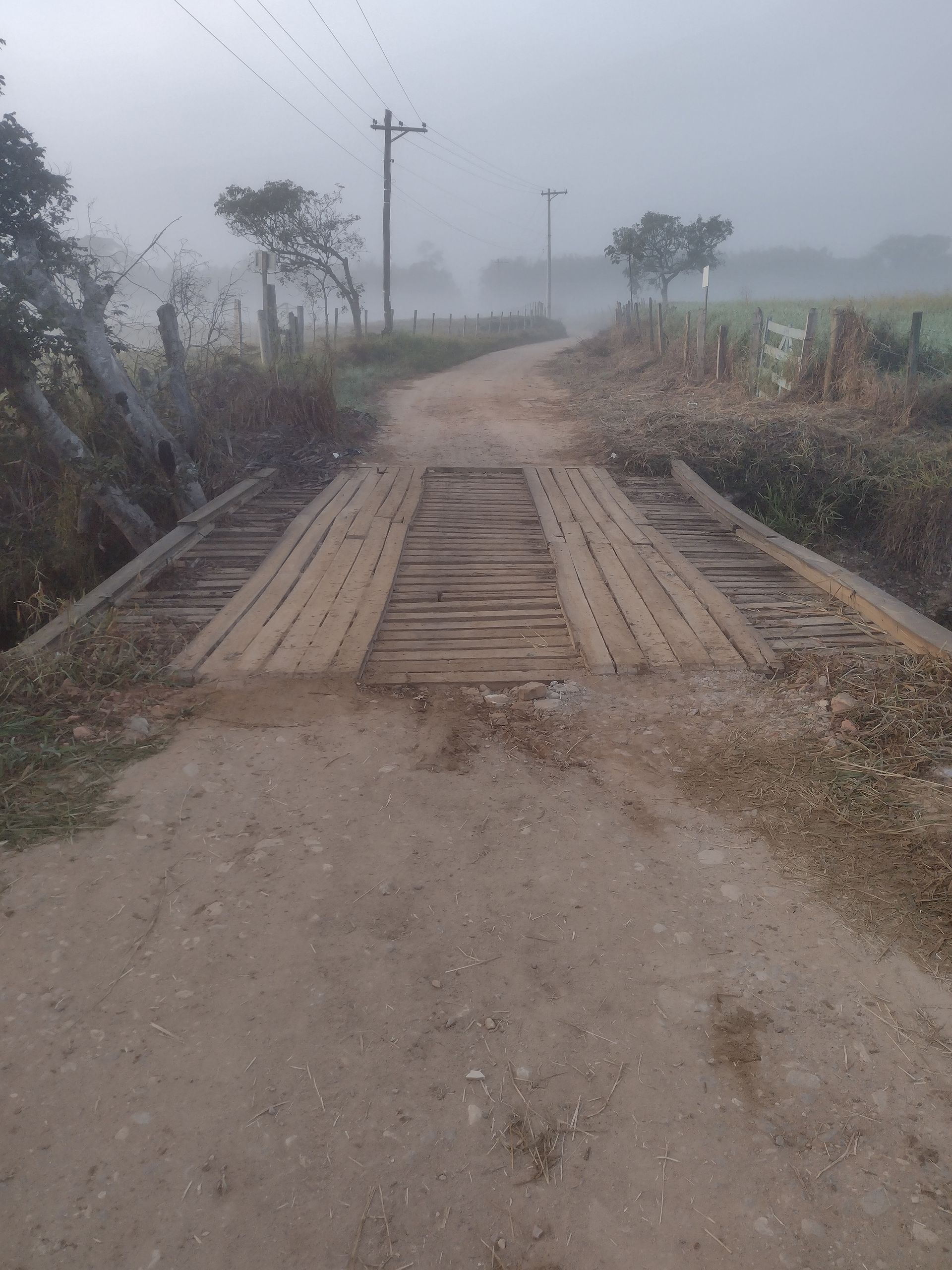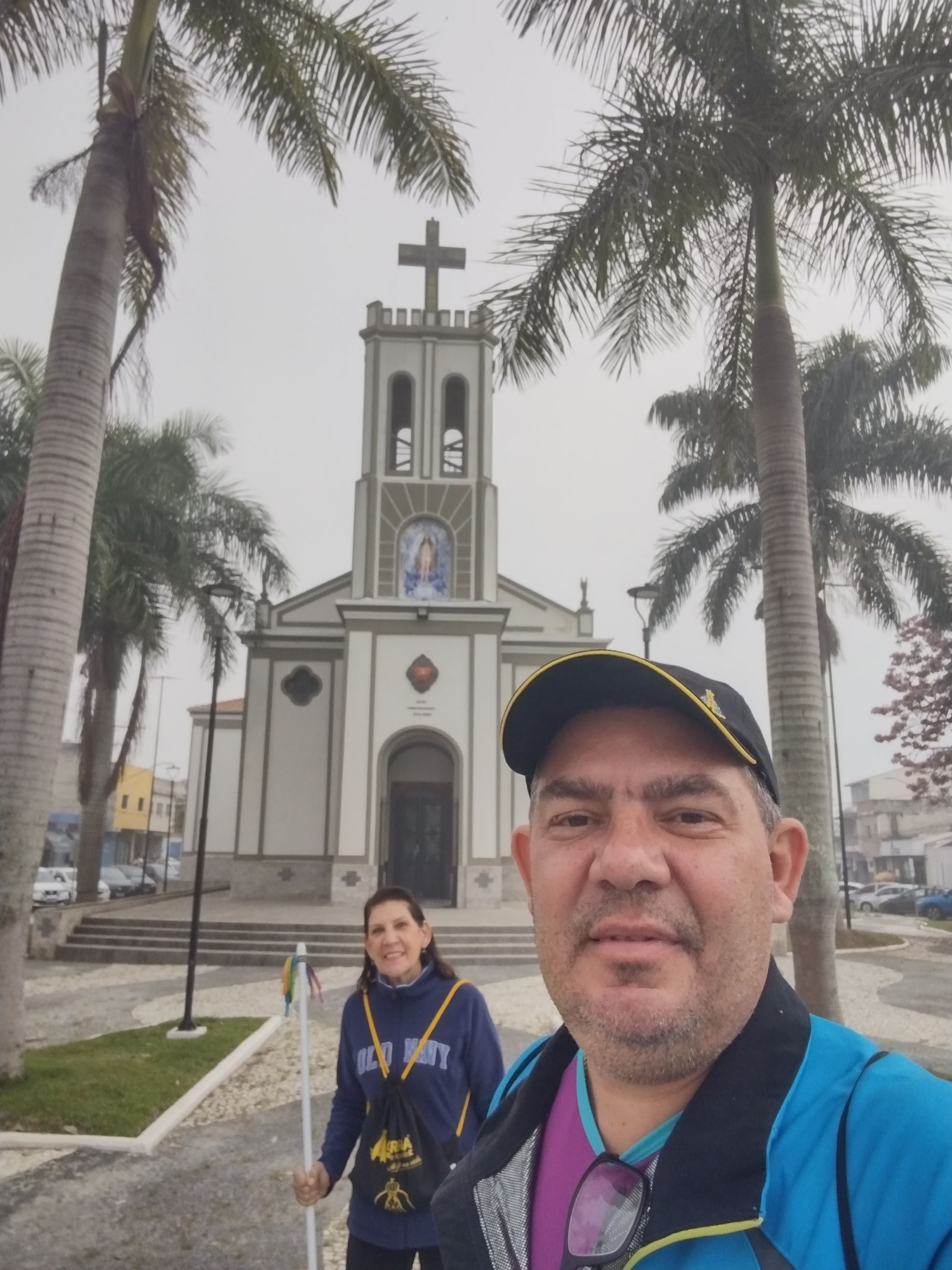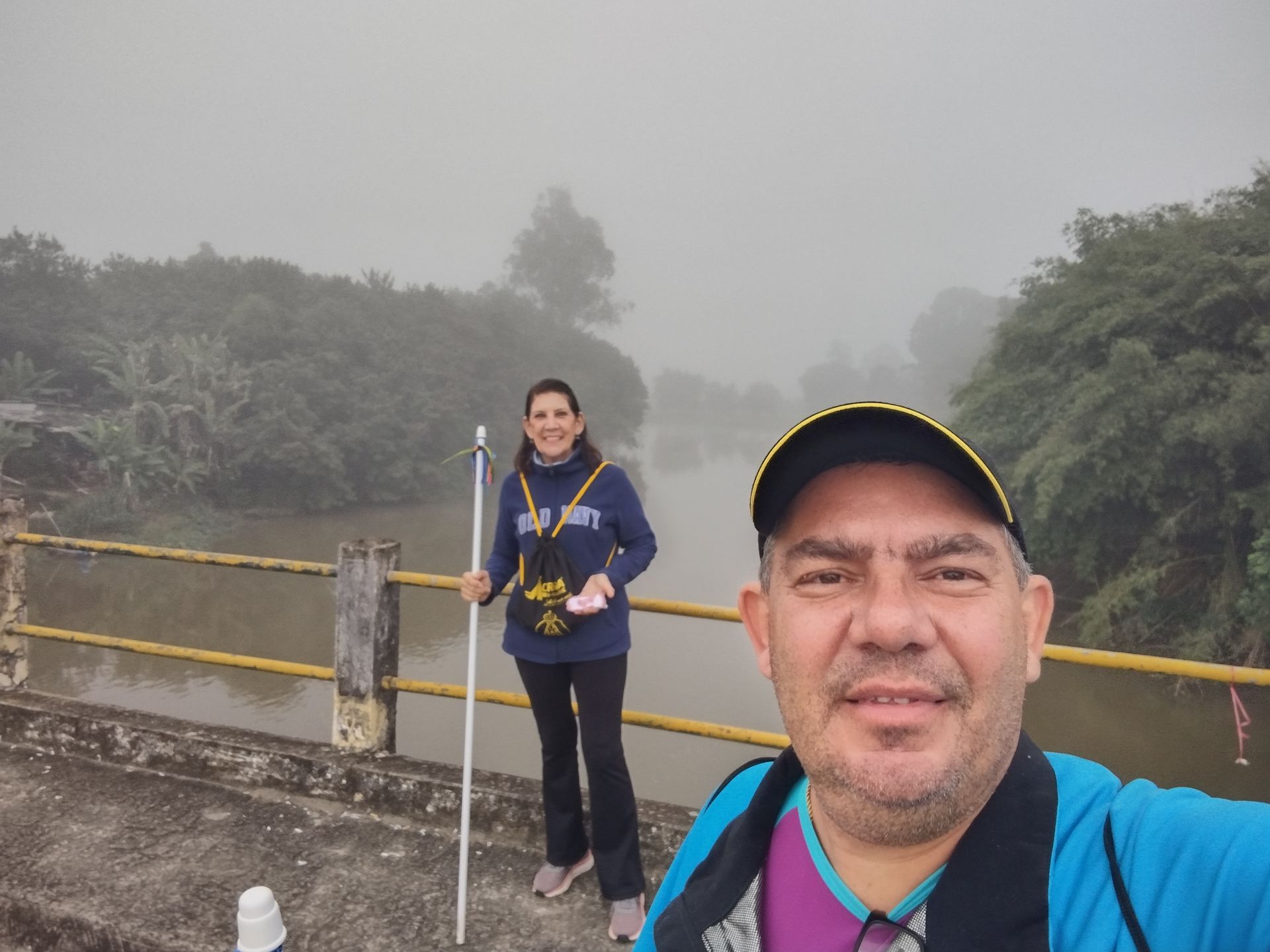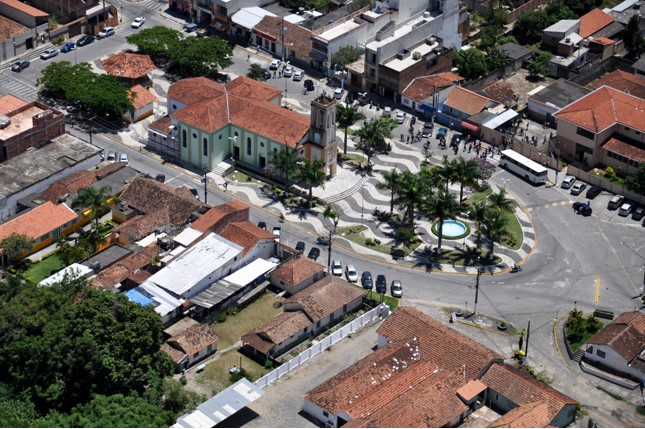Cabreuva - SP
On this page, the Portal Peregrino da Esperança presents the city of Pindamonhangada, located in the interior of São Paulo, which stands out both for its historical importance and for its role in the economic, cultural and social development of the Paraíba Valley. The chosen Patron Saint was Our Lady of Good Success.
🕊️ “When all seems lost, it will be the happy beginning
of complete restoration.” (Our Lady of Good Success)
Features of the City of Cabreúva - SP
Cabreúva, located in the interior of the state of São Paulo, is a city that harmoniously combines history, nature and development. Strategically located between the municipalities of Jundiaí, Itu and Salto, the city is part of the administrative region of Sorocaba and is approximately 80 kilometers from the capital of São Paulo, which gives it easy access both by highways and by its proximity to important urban centers. This privileged location has favored its economic growth over the years, while maintaining striking features of its rural origins and historical heritage. Officially founded in 1859, the city's name is a reference to the cabreúva tree, common in the region at the time of its colonization.
The history of Cabreúva is linked to the occupation of the interior of São Paulo by bandeirantes and farmers, and was marked by the formation of rural properties that were mainly dedicated to the cultivation of sugar cane, livestock and the supply of troops that were heading towards the interior of the country. In the 19th century, the city began to develop more intensely with the installation of small industries and the strengthening of its religious life, represented by churches and Catholic traditions that remain alive to this day. The city preserves several historic buildings and an ambiance that recalls the tranquility of small São Paulo towns, despite the gradual urbanization that has intensified in recent decades.
Cabreúva is also known for its natural landscapes and for being home to important environmental preservation areas, such as the Serra do Japi Natural Park. This mountain range, which is home to a rich and varied biodiversity, is considered one of the last strongholds of continuous Atlantic Forest in the state of São Paulo, and is highly sought after for ecotourism activities, such as trails, birdwatching, cycling and hiking. The city has managed to make the most of this natural vocation, creating ecological and rural tourism itineraries that attract visitors looking for tranquility, contact with nature and experiences linked to gastronomy and the simple way of life of the countryside. The mild climate and the presence of waterfalls, mountains and lush landscapes make Cabreúva an ideal destination for those seeking well-being and relaxation.
In recent years, the city has also stood out for the growth of its urban infrastructure and for attracting new investments, balancing modernity and tradition. Residential developments, planned industrial areas and the appreciation of cultural and religious tourism have boosted the local economy, without compromising the welcoming nature of its population. The Jacaré district, for example, is known for its artisanal production and for concentrating a significant part of the commercial and industrial activities, which demonstrates the economic diversity of the municipality. In addition, Cabreúva invests in education, health and quality of life, which contributes to its sustainable development and the maintenance of its inland city characteristics.
Cabreúva is, therefore, a city that symbolizes the balance between past and future, between nature and progress. Its charm lies in its ability to preserve traditions, memories and landscapes, while adapting to the demands of an increasingly urban and connected world. With its rich history, natural beauty and hospitable people, Cabreúva reaffirms the importance of small cities in São Paulo in the regional scenario, offering not only quality of life to its residents, but also authentic and enriching experiences to those who visit it.
The city of Cabreúva, located in the interior of the state of São Paulo, occupies a prominent place on the Caminho do Sol route, being one of the most remarkable stages both for the beauty of its landscape and for the symbolic power it carries throughout the pilgrimage. Situated between mountains and valleys, the city offers hikers a setting of rare harmony between nature, history and spirituality. As part of the route that connects Santana de Parnaíba to Águas de São Pedro, Cabreúva begins to play not only a geographical role, but also an emotional and symbolic one, offering those who pass through it an opportunity for contemplation, rest and reconnection with their own inner rhythm. Its trails, dirt roads and mountain landscapes provide moments of silence and introspection that reinforce the essence of the Caminho do Sol as a journey of self-discovery.
The stretch of the trail that crosses the Cabreúva territory is known for its scenic beauty and for demanding not only physical endurance from the pilgrim, but also emotional commitment. The journey through the Serra do Japi, with its lush vegetation, shaded trails and constant presence of birdsong, transforms the hike into a profound sensory experience. Amidst this preserved natural environment, the pilgrim is invited to slow down, listen to the sound of his own footsteps and reflect on the meaning of his journey. Cabreúva, in this context, functions as a point of spiritual renewal, where nature and local history intertwine to offer restorative rest and a landscape that nourishes not only the body, but the soul.
In addition to its natural wealth, Cabreúva stands out for the hospitality of its people, who have learned to welcome pilgrims with simplicity and generosity. Along the way, inns, support houses and local establishments have adapted to the routine of hikers, creating a network of care and solidarity that strengthens the city's community identity. Residents, aware of the importance of the Caminho do Sol for the municipality, contribute words of encouragement, guidance and small gestures that make a big difference for those who face long distances on foot. This welcoming spirit makes the passage through Cabreúva especially meaningful, creating emotional memories that mark pilgrims far beyond the landscape.
Cabreúva’s presence on the Caminho do Sol also boosts sustainable tourism and the appreciation of local traditions. Handcrafted products, typical cuisine and religious festivals become part of the experience of hikers, promoting cultural exchange between visitors and residents. At the same time, the city finds in the constant flow of pilgrims an opportunity for economic growth aligned with environmental and cultural preservation. This integration between spirituality and local development reinforces Cabreúva’s vocation as a place of sacred passage, where faith and nature meet to renew the individual purposes of those who pass through there.
Thus, Cabreúva is not just a point on the map of the Caminho do Sol; it is one of the most lively and significant stretches of the journey. With its silent mountains, its trails immersed in the forest and its welcoming people, the city offers pilgrims what every spiritual journey needs: beauty, pause, challenge and communion. It is in this territory of encounters and crossings that Cabreúva reaffirms its role in the construction of a path that does not end at the end of the road, but continues within each person who has passed through it.
The Cabreúva Parish Church, dedicated to Saint Sebastian, represents one of the most important landmarks in the city's history and in the construction of its religious and community identity. Located in the city center, its origins date back to the time when the region was a small village formed by farmers and cattle drivers in the 19th century. Devotion to Saint Sebastian, the patron saint against plagues and diseases, was common among the inhabitants of the rural area, and it was around this faith that the local community organized to initially build a chapel to meet the spiritual needs of the residents. Over the years, this modest building was expanded and adapted until it became the current parish church, a symbol of the popular religiosity of Cabreúva.
The construction of the church accompanied the urban and economic growth of Cabreúva, assuming a central role in religious celebrations, social gatherings and community decisions. As was the case in many cities in the interior of São Paulo, the main church was not only a place of prayer, but also a social and cultural reference point, around which the city developed. The presence of the church motivated the layout of the first streets, the establishment of businesses and the emergence of the first schools and civil institutions. Its tower, visible from various points in the city, has always been a symbol of guidance and belonging for the population, who over the generations have kept alive the devotion to Saint Sebastian and the tradition of religious festivals.
Architecturally, the Igreja Matriz de São Sebastião reflects the simplicity of colonial religious buildings in the interior of São Paulo, with sober lines, a simple façade and elements that reflect the Portuguese-Brazilian aesthetic. Over time, it has undergone renovations that sought to maintain its original characteristics while adapting the temple to new liturgical and structural requirements. The interior houses sacred images of artistic and historical value, including the image of São Sebastião, which is the center of attention during the patron saint's festivities, celebrated with great involvement from the population and marked by masses, processions and cultural events that bring together the entire community.
The church has always been present at the most important moments in the lives of the people of Cabreúva, hosting baptisms, weddings, funerals and rituals that span generations. It is a space that holds emotional and spiritual memories, where faith and tradition intertwine with the history of the city. Each year, the liturgical calendar reinforces the importance of the church in community life, reaffirming the bond between the population and its religious heritage. This bond, zealously cultivated by residents and religious leaders, has ensured the preservation of the temple and the strengthening of the Catholic faith in the region.
The São Sebastião Parish Church is therefore much more than a stone and mortar building; it is a living testament to the faith that helped shape the city of Cabreúva. Inside and around its walls, the gestures of a community that, despite the changes of time, has not lost its sense of belonging and reverence for the sacred are inscribed. The church is the spiritual heart of Cabreúva, guardian of the traditions that unite past and present in a continuous expression of faith, identity and memory.
Photographs of the City of Cabreúva - SP
